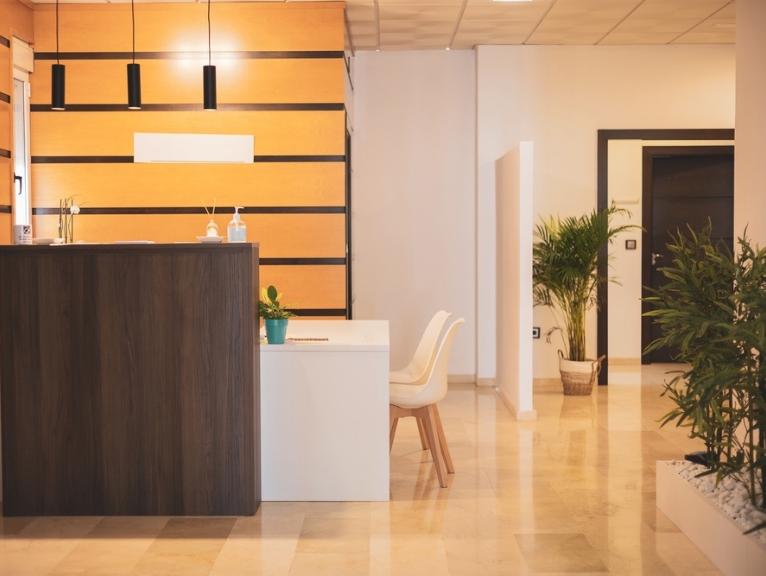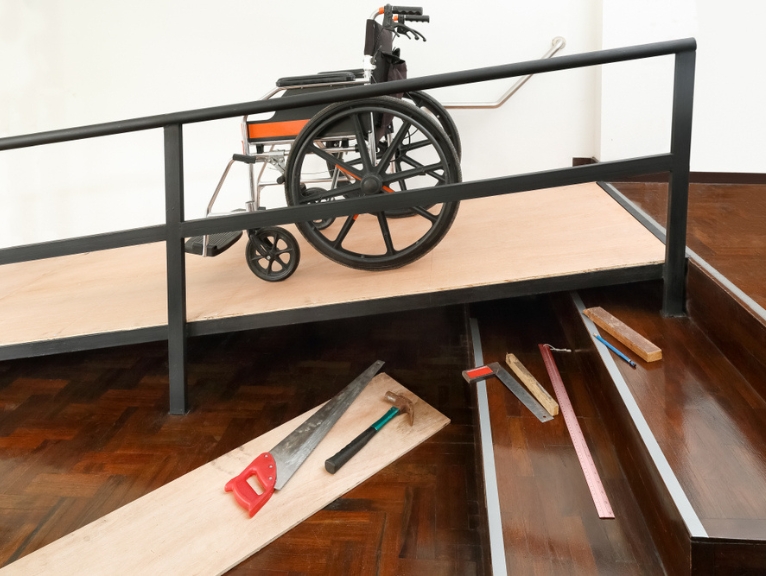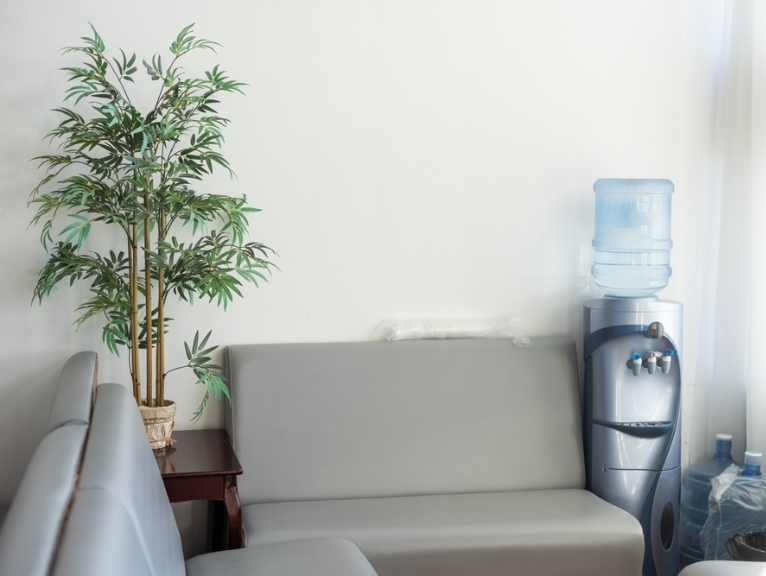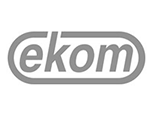
27th March 2024
Balancing Aesthetics and Ergonomics in Dental Practice Design
Creating a dental practice that balances aesthetics and ergonomics is a delicate art. It requires careful thought about the visual appeal while also ensuring the functionality and comfort of the space. With that in mind, we’ve compiled these step-by-step instructions to help you craft a dental environment that not only looks beautiful and professional but also optimises workflow and patient care.
The Importance of Balance
The core of your practice design is the seamless blend of aesthetics and ergonomics. A practice that only focuses on looks might overlook the practical aspects of patient care, while one that is too practical could alienate patients with its lack of comfort and visual appeal.
Patients are attracted by the aesthetic warmth and reassured by the level of care they perceive the practice can offer. Staff, for their part, need an environment that not only looks good but also is conducive to efficient work and minimises strain.
So, what are some ways to balance aesthetics and ergonomics for dental practice design?
Strategically Choose Your Layout for Balance
Layout design is the foundation of your dental practice. A well-thought-out layout makes the best use of available space, supports the workflow of your team, and helps patients feel at ease.
Workflow Dynamics
Even for experienced dentists, it’s worth reconsidering the typical steps of a dental procedure to find the best way to include ergonomics in your dental practice design. For example, reception and administration should be separate from the clinical areas. Within the clinical section, ensure that the flow between patient waiting, diagnosis, treatment, and follow-up is smooth.
Space Planning
Next, focus on space planning. Large open areas can be both inviting and reduce a sense of confinement, while smaller rooms can create a more exclusive ambience. Utilise modular furniture and smaller equipment to provide flexibility in your layout, allowing for changes as your practice grows.
Lighting and Windows
A great way to balance aesthetics and ergonomics for dental practice design is to incorporate natural light as much as possible. In terms of efficiency, it reduces energy expenditure and is better for staff welfare, while it also creates a welcoming atmosphere.

Accessible Design
Create easy access for all patients, including those with differences in mobility. This isn’t just good for ergonomics; it’s mandated by law in many places. Accommodate for wheelchair and walker access, and consider touchless fixtures and automatic doors to limit the spread of germs.
Using Colours for Aesthetics and Ergonomics
Colours influence many aspects of patient and staff experience, from mood to perception of space and comfort. Naturally, the colour scheme of your practice will have a significant impact on how it looks, but it can also make it a healthier and more productive environment.
Select a Colour Scheme
Begin by selecting a base, accent, and neutral colours. Consider using calming pastels for the treatment areas and vibrant, cheerful colours for communal spaces to reduce anxiety in patients. In your work zones, go for neutral hues that reduce eye strain and don’t affect the perception of dental shades during procedures.
Reflect Light Effectively
Use reflective surfaces judiciously to spread light across the room, reducing shadows that can be problematic during intricate dental procedures. This is especially important in areas where detailed work and examinations take place. Here, applying a mixture of natural and artificial light for shadow-prone areas is a great way to include visual ergonomics in your dental practice design.
Materials and Their Impact on Balance
Materials in your practice not only dictate the style but also play a significant role in maintaining a hygienic and comfortable environment.
Choose Suitable Surfaces
High-touch surfaces should be durable, scratch-resistant, and easy to clean. For instance, solid surface countertops can be more hygienic than porous materials like wood or marble. Chair upholstery should be water-resistant and non-porous yet still comfortable for the patient to sit in for extended periods.
Textiles and Acoustics
Consider acoustics in relation to materials. Soft furnishings like curtains and cushioned upholstery dampen sound, providing a quieter environment and reducing instances of echoing. This can be beneficial for both communication and patient relaxation.
Maintaining Visual Appeal
While function is paramount, don’t neglect aesthetics. High-quality, modern materials can enhance the look of your practice. For instance, using back-painted glass as a wall cover in areas that require easy cleaning provides a sleek and contemporary feel without impacting overall hygiene standards.

Are You Ready to Elevate Your Practice to New Heights?
At Curran Dental, we’ve been transforming dental practices for over two decades, offering design, construction, and maintenance services tailored specifically to your needs. We understand the importance of striking the perfect balance between aesthetics and ergonomics in dental practice design.
Our expert team collaborates with you to create a space that exudes professionalism and style while ensuring accessibility and functionality are never compromised. With a comprehensive range of colours, fittings, and surfaces, we enhance the daily operations of your practice without sacrificing cleanliness or efficiency.
Partnering with leading manufacturers in the dental industry, we provide top-of-the-line digital dentistry technology, daily consumables, and furnishing essentials, guaranteeing both quality and functionality.
Take the leap towards a modern, innovative, and professional dental practice. Contact us today, and let us help you achieve the perfect blend of aesthetics and ergonomics for your practice.










